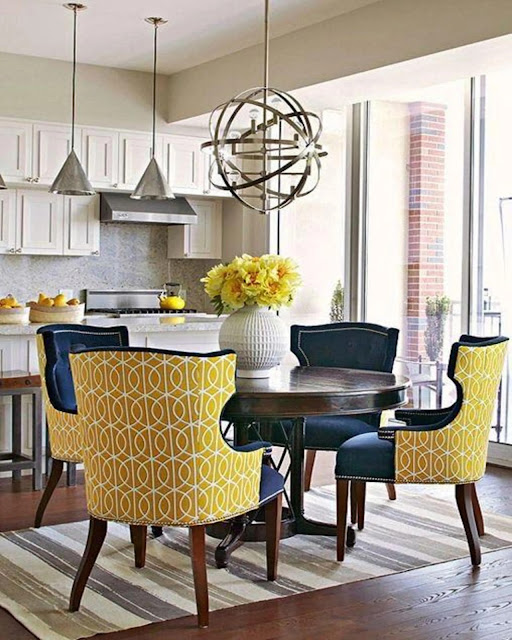Essential Role of Interior Design Services in the Building Industry
As the building industry continues to evolve, the importance of integrating interior design services from the early stages of construction projects has become increasingly evident. For builders, architects, and developers, leveraging the expertise of interior designers not only enhances the aesthetic appeal of a property but also significantly boosts its functionality and market value. This blog explores why builders should consider interior design services as a fundamental component of their projects and how this collaboration can lead to more successful outcomes.
1. Enhancing Architectural Vision
Interior designers bring a nuanced understanding of space, color, and texture that complements the architectural vision. They ensure that the interiors resonate with the external structure, creating a cohesive look and feel that appeals to prospective buyers or tenants. By involving interior designers early in the planning process, builders can avoid common pitfalls such as spatial inefficiencies and design mismatches that may not be apparent at the blueprint stage.
2. Market Differentiation
In a competitive market, differentiation is key. Interior design can serve as a critical differentiator, making properties stand out in the real estate market. Customized interiors tailored to the target demographic can dramatically increase the attractiveness of a home or commercial space. Whether it’s a luxury apartment complex or a practical office building, well-executed interior design can transform standard spaces into sought-after addresses.
3. Maximizing Functionality
Interior designers are adept at optimizing space to its fullest potential. This is not just about the strategic placement of furniture but involves the design of built-in elements, clever storage solutions, and ergonomic layouts that enhance user experience. For builders, this means delivering more efficient, usable spaces that appeal directly to the needs and desires of end-users, whether they are homeowners, office staff, or retail operators.
4. Sustainability and Compliance
Today, sustainability is not just a buzzword but a vital component of modern construction. Interior designers are increasingly knowledgeable about eco-friendly materials and practices. They can guide builders in choosing sustainable options that do not compromise on style or durability. Additionally, designers stay updated with the latest regulations and compliance requirements, ensuring that interiors are not only beautiful but also legally compliant.
5. Boosting Property Value
A well-designed interior significantly enhances the overall value of a property. For residential builders, this can mean quicker sales at higher prices. For commercial builders, it translates into more lucrative leasing rates and lower vacancy rates. An investment in high-quality interior design pays dividends by elevating the property’s market position.
6. Marketing and Selling
Professionally designed interiors are visually appealing and photograph well, making them invaluable tools for marketing. Real estate listings with attractive, well-staged interiors tend to attract more viewers and generate faster sales. For builders, presenting a project with professional interior design can speed up the sales cycle and generate higher interest among potential buyers.
7. Customer Satisfaction
Ultimately, the success of any build depends on the satisfaction of those who live and work in the designed spaces. Interior designers help ensure that every square foot is accounted for with the user’s comfort and preferences in mind. This leads to higher customer satisfaction, which is crucial for builders looking to maintain a strong reputation in a competitive industry.
Conclusion
For builders, integrating interior design services isn’t just about aesthetics; it’s a strategic decision that impacts every aspect of a project — from conceptualization and construction to marketing and sales. By partnering with interior designers, builders can ensure that their buildings are not only functional and beautiful but also aligned with current market trends and customer preferences. As the industry continues to embrace this integrated approach, the collaboration between builders and interior designers is set to become more seamless and vital. Builders who recognize and harness the power of interior design are positioning themselves at the forefront of modern construction innovation.
For more — https://angiehomes.co/pages/builders

Comments
Post a Comment